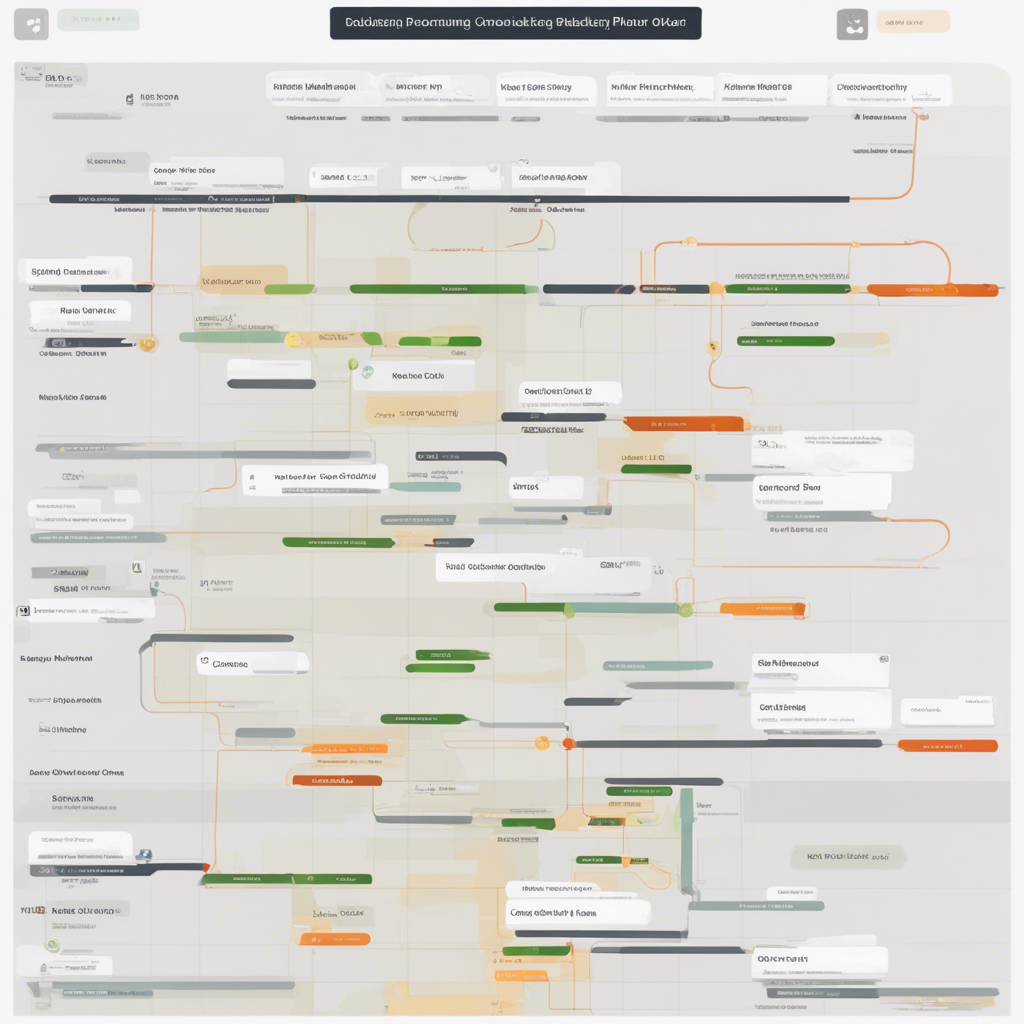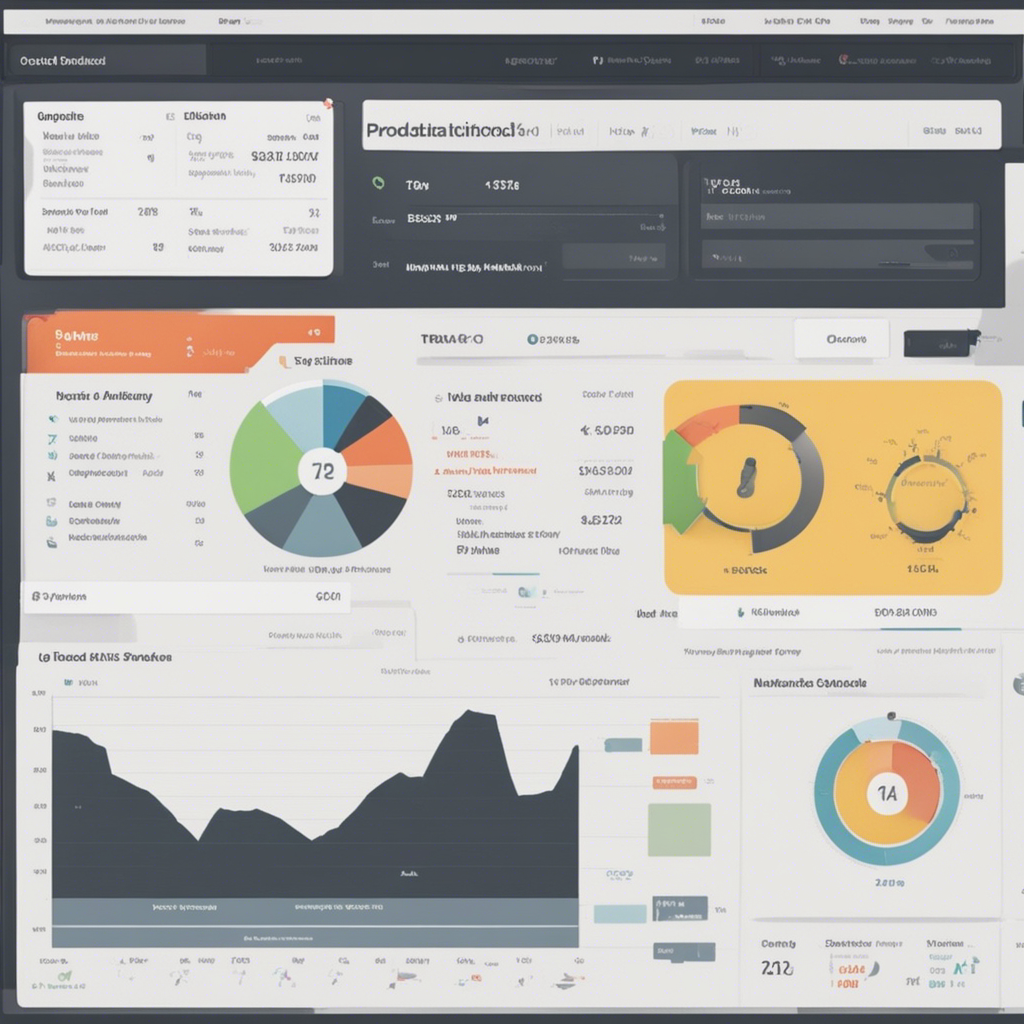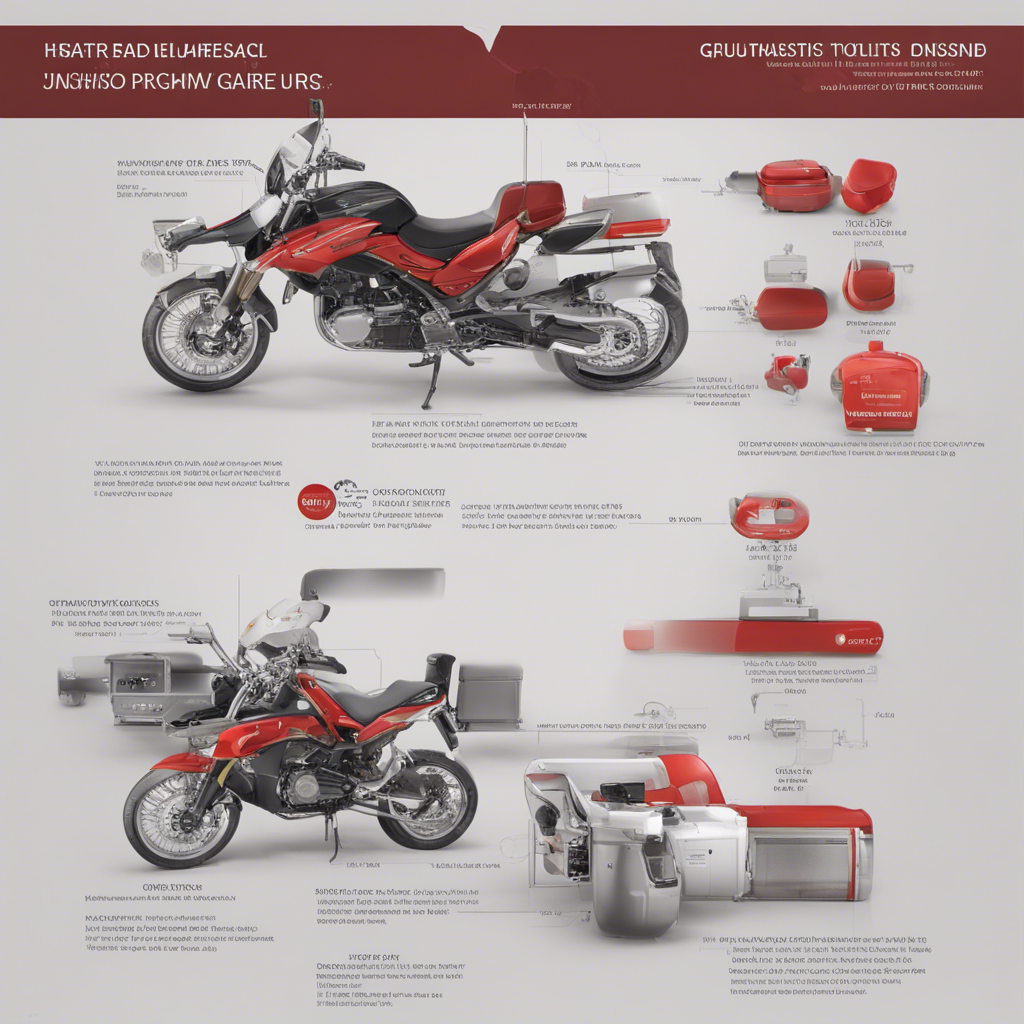
Design Thinking: A Framework for Innovation
In today’s fast-paced and ever-changing world, innovation has become crucial for businesses to stay competitive. Design thinking, a human-centered approach to problem-solving, has emerged as a powerful framework for fostering innovation and creating successful products and services. In this blog post, we will explore what design thinking is, how it works, and why it is essential for driving innovation.
What is Design Thinking?
Design thinking is a methodology that puts the needs and desires of users at the center of the problem-solving process. It is a collaborative and iterative approach that seeks to understand users, challenge assumptions, and redefine problems in order to identify innovative solutions. Design thinking encompasses empathy, experimentation, and continuous learning.
The Design Thinking Process
The design thinking process typically consists of five stages: empathize, define, ideate, prototype, and test. Let’s explore each of these stages in detail.
1. Empathize
In the empathize stage, designers strive to gain a deep understanding of the users they are designing for. This involves conducting research, observing user behavior, and conducting interviews to uncover their needs, desires, and pain points. By developing empathy towards the users, designers can gain valuable insights to inform the subsequent stages of the design thinking process.
2. Define
In the define stage, designers work to analyze the information gathered during the empathize stage and define the core problems and challenges faced by the users. This involves synthesizing data, identifying patterns, and reframing the problem statement from a user-centric perspective. The defined problem serves as a guiding principle throughout the rest of the design process.
3. Ideate
The ideate stage is all about generating a wide range of creative ideas and solutions to address the defined problem. Designers employ various brainstorming techniques, such as mind maps, improvisational exercises, and brainwriting, to encourage divergent thinking. The goal is to come up with as many ideas as possible without judgment or criticism.
4. Prototype
In the prototype stage, designers transform their ideas into tangible and testable representations, also known as prototypes. These prototypes can take different forms depending on the project, ranging from low-fidelity sketches to high-fidelity interactive models. Prototyping allows designers to gather feedback, iterate, and refine their ideas before investing significant time and resources.
5. Test
The test stage involves gathering user feedback on the prototypes to evaluate their effectiveness in addressing the defined problem. Designers use various evaluation methods, such as usability testing, interviews, and surveys, to collect data and insights. Based on the feedback received, designers can refine their prototypes or go back to previous stages of the design thinking process to further iterate on their ideas.
Why is Design Thinking Essential for Innovation?
Design thinking offers several benefits for fostering innovation within organizations. Here are some key reasons why design thinking is an essential framework for driving innovation:
-
Customer-Centric Approach: By focusing on the needs and desires of users, design thinking ensures that the resulting solutions are tailored to their specific requirements. This customer-centric approach increases the likelihood of creating products and services that resonate with users, leading to higher customer satisfaction and loyalty.
-
Collaboration and Diversity: Design thinking encourages interdisciplinary collaboration and embraces diverse perspectives. By involving individuals with different backgrounds, skills, and expertise, design thinking allows for the exploration of a wide range of ideas and solutions. This diversity of thought fuels creativity and increases the likelihood of discovering innovative solutions.
-
Agility and Iteration: The iterative nature of the design thinking process allows for rapid testing and iteration of ideas. By quickly prototyping and testing potential solutions, designers can gather feedback, learn from failures, and make necessary adjustments. This iterative approach reduces the risk of investing significant time and resources into ideas that may not work in practice.
-
Problem Reframing: Design thinking challenges assumptions and encourages designers to rethink the problem statement from a fresh perspective. By reframing the problem and identifying its root causes, designers can uncover new opportunities for innovation and generate breakthrough solutions that address the underlying issues.
Case Studies and Real-Life Examples
Several well-known companies have successfully implemented design thinking to drive innovation. Let’s explore some real-life examples:
-
Airbnb: Airbnb used design thinking to transform the way people find and book accommodations. By empathizing with travelers and understanding their pain points, Airbnb identified the need for a more personalized and immersive travel experience. Through continuous iteration and prototyping, Airbnb developed a platform that connects travelers with unique and authentic accommodations, disrupting the traditional hotel industry in the process.
-
Apple: Apple’s commitment to design thinking is evident in its user-friendly and aesthetically appealing products. Apple focuses on understanding its customers’ needs and desires to create intuitive and delightful user experiences. The iterative design process allows Apple to refine its products based on user feedback, enabling continuous innovation and driving customer loyalty.
Conclusion
Design thinking has emerged as a powerful framework for fostering innovation and driving change. By placing the needs and desires of users at the heart of the problem-solving process, design thinking enables organizations to gain a deep understanding of their customers and create products and services that truly resonate with them. The iterative and collaborative nature of design thinking empowers designers to experiment, learn from failures, and continuously iterate on their ideas. By embracing design thinking, organizations can unlock their innovation potential and stay ahead in today’s dynamic business landscape.
Note: This blog post is an overview of design thinking and its significance in driving innovation. For more in-depth insights and practical examples, I recommend referring to reputable resources such as the books “Design Thinking: Integrating Innovation, Customer Experience, and Brand Value” by Thomas Lockwood and “The Design Thinking Playbook: Mindful Digital Transformation of Teams, Products, Services, Businesses and Ecosystems” by Michael Lewrick, Patrick Link, and Larry Leifer.






